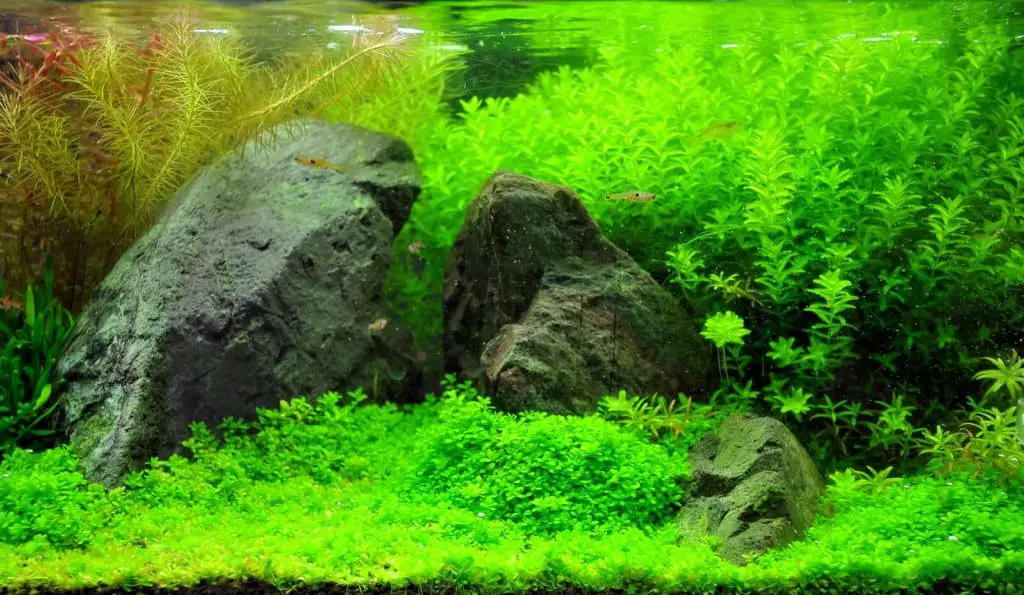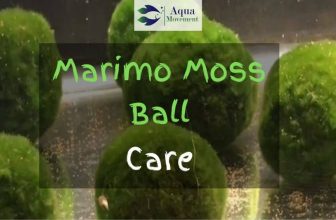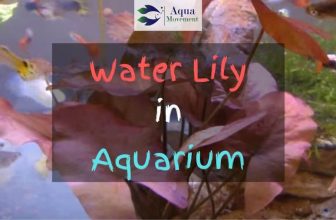CO2 Aquarium Setup – Step by Step Guide
Do you know how to set up CO2 for your aquarium? For an aquarist, it is important to make sure the fish tank is in its best condition. Hence sometimes they need to set up carbon dioxide suppliers to the water.
This set up is not vital for all types of aquarium. Some aquarist wants to have real plants in their aquarium. Live plants make the fish tank more appealing to observers.
Plants remove carbon dioxide and ammonia from the water and supply them with oxygen.
As a result, the condition of the aquarium improves making surroundings healthy for the fishes. Only these aquariums with live plants need CO2 supply.
In this article we will guide you to the perfect CO2 aquarium setup, so let’s dive in.
Table of Contents
Why do you need to supply a fish tank with carbon dioxide?
In wildlife, the plants get CO2 from decaying plants, mud, and natural sources. In a water tank, these sources are not available to the plants. Hence, it will be challenging for them to live healthy in water tanks.
Over the years, it is seen that if the fish tanks are supplied with CO2 gas; the plants grow better. It gets an attractive green color and lives longer than plants of other aquariums.
So, carbon dioxide supply is very important for your aquarium. Therefore, you need to set up CO2 for your aquarium to make sure your plants get enough photosynthesis.
Photosynthesis is the process with which plants prepare their food. For this, they need CO2 and light.
Video: “Plant aquarium in fast motion with or without CO2”
What is the Equipment for the CO2 Aquarium Setup?
If you are planning to supply more carbon dioxide to your aquarium, you will need some equipment. Such as;
The carbon dioxide bottle
To supply the aquarium with carbon dioxide gas you will need carbon dioxide in a suitable container. In the market, you will find carbon dioxide containers in various sizes. Here you have to decide which one to pick.
Most people suggest a large bottle of CO2 suppliers. Although it is expensive, refilling the bottle is cheaper. So, in the long run, it saves money.
Diffuser
When carbon dioxide is released in the water. They float around as large bubbles. Here, the diffuser breaks them into smaller bubbles and help them mix in the water. As a result, the carbon dioxide dissolved in water reaches the aquatic plants.
Bubble counter
As you can tell the name, it counts the number of bubbles of carbon dioxide released in the water tank. The sum can be used to measure how much carbon dioxide is discharged in a second.
It helps to control the concentration of CO2 in the aquarium. The bubbles can be increased or decreased to control how much CO2 you need in the aquarium.
Tubes
There are lots of components to connect in a carbon dioxide aquarium and to make these links you need tubes. In any case, you cannot use any type of tubes in a carbon dioxide setup. For this, you need special tubes that are capable of carrying the gas to all the places.
Regulator
The regulator is used to control the carbon dioxide pressure. When you get the carbon dioxide bottle, it is stored with high pressure. If you try to release it, the bottle might explode and release all the gases at once.
Hence, you need a regulator. With the help of a regulator, you can control the amount of carbon dioxide released into the surroundings. Therefore, you can change the concentration of CO2.
Solenoid
This is an important device that turns off the carbon dioxide supply when you don’t need it. You don’t need to run the gas supply all the time.
Plants only need it when there is light, so they can carry out photosynthesis. Other times carbon dioxide is not necessary. You can turn off the carbon dioxide supply a while before your turn of the lights.
As there is plenty of dissolved gas in the aquarium, the excess is not necessary. The plants will take their time absorbing the rest of the CO2 from the water.
Drop checker
You can use a drop checker to see the carbon dioxide dissolved in water. Some may think it’s useful, while others think it is not necessary. By using a drop checker, you can monitor the CO2 concentrations in the water. It has a color gauge that helps you understand the intensity of CO2 in the water.
CO2 Aquarium Setup
Video: “How to Setup a Planted Aquarium Pressurized CO2 System”
Setting up CO2 in your aquarium is pretty simple. Most CO2 aquarium setups are the same. Here is a basic set up that you can follow to prepare your aquarium.
You can use the needle valve to control how much CO2 you want to release in the aquarium. Count the number of bubbles released per second in the water. A frequency of 1 to 2 bubbles per second is a moderate concentration for fish tanks.
When you are handling the needle valve, you need to be careful. The needle valve is extremely sensitive. Even if you move it just a little, it can change CO2 concentration drastically.
It is time to use the drop checker. Check the CO2 concentration with its help. You need to check the density a couple of times after you switched on the CO2 bottle.
While you are checking, remember that the drop checker takes one hour to react for the concentrations. So, if you are seeing a concentration at the moment, it was the intensity one hour ago.
This way keep checking the density of carbon dioxide the first few times. Make sure your aquarium is supplied with an adequate quantity of carbon dioxide.
Some easy tricks to maintain the CO2 Aquarium Setup

You can turn off the CO2 supply one hour before turning the lights off. As you know plants need lights and CO2 for photosynthesis. For the remaining one-hour plants can soak up the rest of the gas dissolved in the water.
Now let us do the opposite, turn on the solenoid 1 to 3 hours before turning the lights on. When you do this the plants will get carbon dioxide available as soon as the lights are available. The process can start instantly.
The starting period of photosynthesis is important. Here use the drop checker to reach a nice green color for CO2 concentration. It is a suitable concentration for photosynthesis.
To get the right green color on the drop checker, you need to carry out some experiments on the water. Since each CO2 aquarium setup is a bit different from the other. So, you need to discover the right settings for your arrangements.
You may inject various CO2 concentrations to get the desired green color on the drop checker. While you are checking this, you need to be careful about your fish health as well.
If you inject too much carbon dioxide into the water it will affect them. So, be careful and start with small proportions of injection.
To keep your fishes safe, it is best to start your experiment with the water tank while it is empty. After you are done with the experiments and reached the green color, you can add the fishes to water.
What are the Factors that affect the Level of CO2?
One important fact, that you need to keep in mind is that plants need carbon dioxide when there is light. It is in the presence of light that plants carry out photosynthesis. So, they will consume carbon dioxide only when there is light in the water tank.
The light intensity could also affect how carbon dioxide is taken from the water. If there is no light in the tank, then the carbon dioxide level will rise continuously harming the fish in the end.
Apart from that, the plants you use in the aquarium consume different levels of carbon dioxide. So, you need to find out how some information about the plant species as well.
Final words
As you have already seen setting up carbon dioxide for your aquarium is not that hard. But yes, maintaining the CO2 concentrations can be a bit challenging.
However, if you can care for your plants well, then you can be sure that you will have a lively fish tank. An aquarium for which a little hard work is worth it.
7 Best CO2 Diffuser For Aquarium Reviewed




